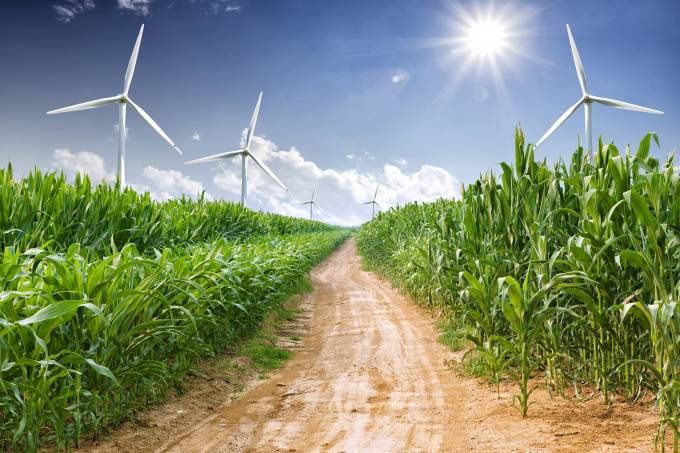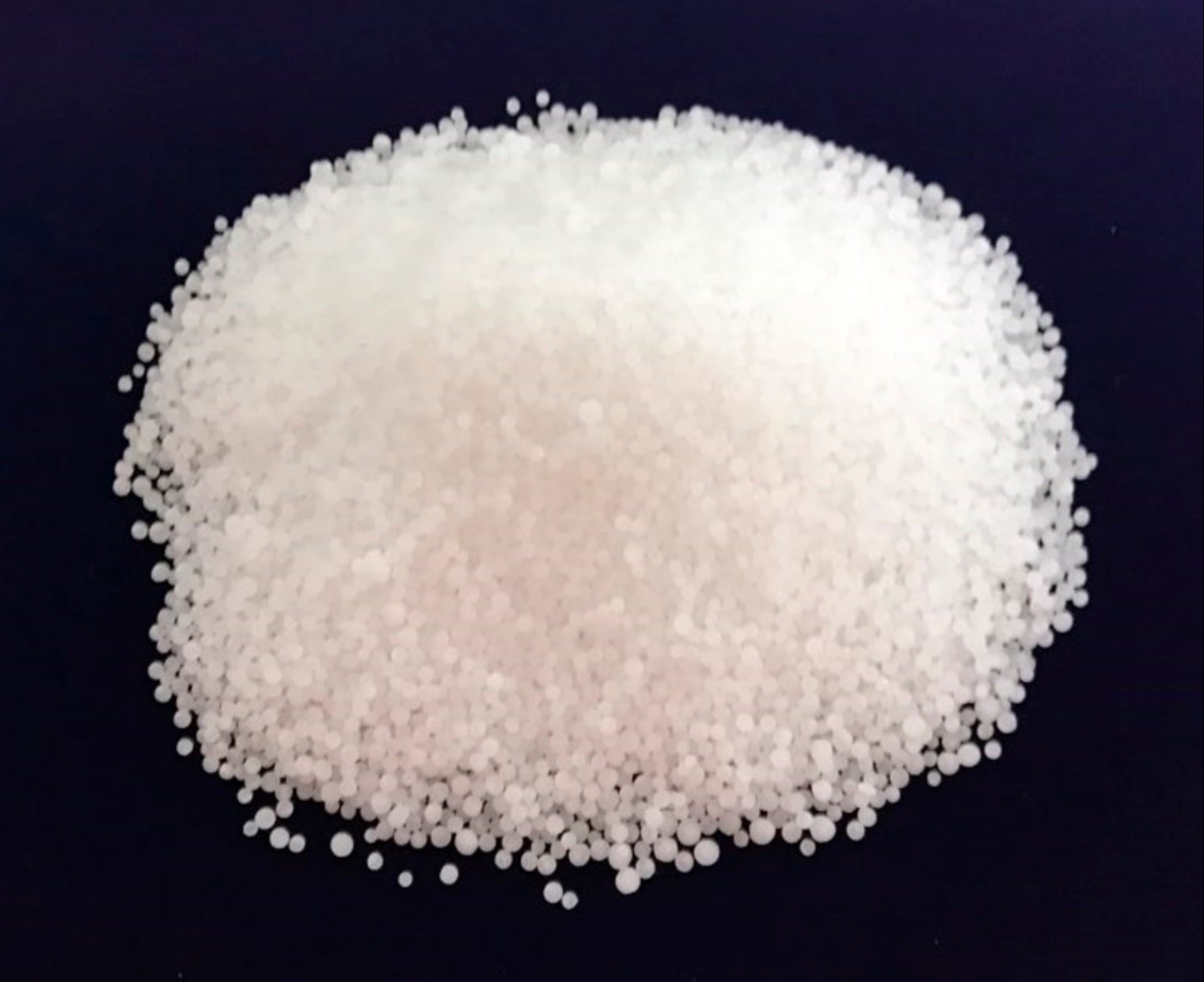The global chemical and fertilizer industry, a cornerstone of modern agriculture, is at a critical juncture. Responsible for approximately 7% of worldwide greenhouse gas emissions, the sector faces increasing scrutiny over its environmental impact. Fertilizer manufacturing alone contributes 2-3% of these emissions, primarily due to the energy-intensive ammonia synthesis process. This process consumes an astonishing 10% of global industrial energy, predominantly from fossil fuels, making the industry a significant target for climate action.
The Growing Market and Its Challenges
The global fertilizer market is projected to reach USD 220.44 billion by 2025, with India’s market expected to grow from USD 41.2 billion to USD 70.2 billion by 2032 at a CAGR of 6.1%. However, this growth brings a dual challenge: meeting the increasing demand for fertilizers while significantly reducing greenhouse gas emissions.
India’s fertilizer production alone emits approximately 0.58 tonnes of CO₂ per tonne of fertilizer, contributing an annual 25 million tonnes of CO₂ to the atmosphere. Addressing this substantial environmental footprint is paramount for the industry’s sustainability.
Innovations Transforming the Fertilizer Industry
To combat these challenges, the industry is exploring transformative technologies aimed at lowering emissions:
Solar Energy Integration
Manufacturers are installing solar panels at production facilities to reduce reliance on fossil fuels. By leveraging renewable energy, they aim to significantly cut greenhouse gas emissions while enhancing energy efficiency.
Carbon Capture Utilization (CCU)
CCU technologies are emerging as a game-changer. By capturing CO₂ emissions from flue gases, companies can repurpose these emissions into valuable products. For instance:
- Combining CO₂ with ammonia to produce ammonium bicarbonate, a marketable fertilizer product.
- Compressing liquid CO₂ for use in urea synthesis, improving efficiency and reducing emissions.
- Converting captured CO₂ into ethanol using advanced bioreactors, offering a sustainable alternative to fossil-based ethanol.
Green Hydrogen
Green hydrogen is revolutionizing ammonia production. Produced using renewable energy, green hydrogen replaces natural gas in the synthesis process, aligning fertilizer manufacturing with global decarbonization goals.
Biofuel Technologies
Biofuels, such as biodiesel derived from methanol and liquid CO₂, promote circularity and reduce dependence on petroleum-based fuels, contributing to a greener industry.
India’s Role in the Green Transition
India, with its abundant renewable resources, is uniquely positioned to lead this green transformation. By leveraging waste-to-energy models, bio-fertilizers, and renewable energy integration, the country can significantly reduce its carbon footprint.
Innovations such as electrochemical nitrogen fixation, enhanced nutrient management, and bio-based fertilizers are reshaping the fertilizer sector. Simultaneously, digital agriculture technologies optimize resource use, enhancing efficiency across the value chain.
Policy and Global Collaboration
Policy support is essential to accelerate these changes. Measures such as carbon credits, tax incentives, and subsidies can drive innovation and adoption of sustainable practices. Global collaborations with research institutes can further advance technologies like carbon capture and green hydrogen.
A Strategic Opportunity
As the fertilizer industry pivots toward sustainability, companies embracing these innovations stand to gain a competitive edge in the growing market for eco-friendly products. This green transition is not only an environmental necessity but also a strategic opportunity, positioning the sector for a sustainable and prosperous future.











